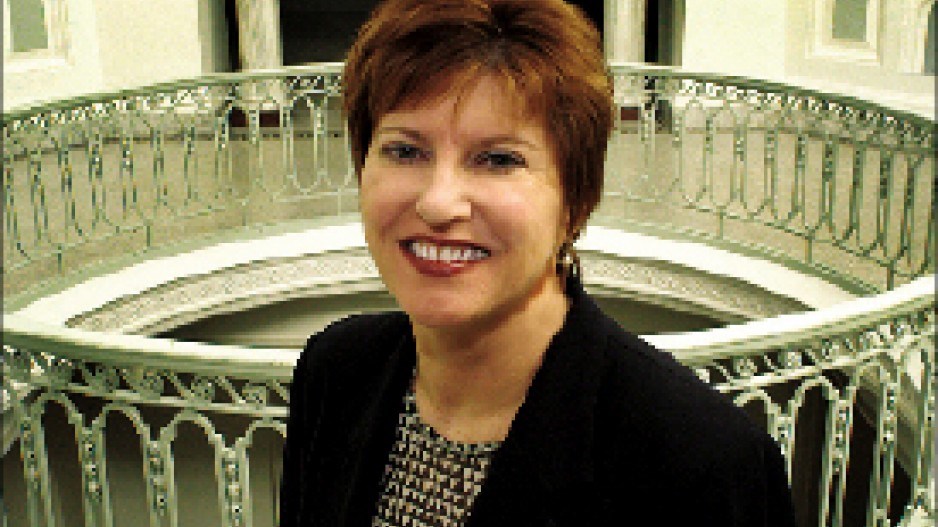Vancouver Playhouse Theatre Co.’s March 10 collapse has underscored the dire financial straits of some B.C. arts organizations and the importance of their getting the biggest bang for each dollar they get from governments, donors and patrons.
The closure of the 49-year-old theatre company has raised questions over whether the Vancouver Art Gallery (VAG) should continue to pursue plans to build a $300 million building on the site of an old bus depot, now called Larwill Park, at 688 Cambie Street.
VAG lost $1.03 million in the fiscal year ended June 30, before investment income from its building fund was added to its revenue column. Even then, it lost more than $300,000 last year.
“Before September 2008, money flowed from governments and philanthropy for this kind of large [arts infrastructure project],” Rennie Marketing owner and arts patron Bob Rennie told Business in Vancouver. “We’re now in an economy where philanthropy is not the way it was, and governments don’t have the money that they used to have for the arts. The contents of the box are far more important than the box.”
Rennie joins others who question the prudence of sinking millions of dollars into building a new art gallery.
Michael Green, principal of Michael Green Architecture, told BIV that VAG should keep its current location as a hub and build smaller facilities around Vancouver, much like university campuses have satellite operations.
Green envisions innovative small galleries such as one underneath traffic lanes of the Granville Bridge and stretching end-to-end using lightweight material that also braces the 58-year-old structure or a small gallery with a green roof capable of being walked on and built largely underground in a lawn near Lumberman’s Arch at Stanley Park.
“We should exhaust looking at sites such as the post office on Georgia Street or the Sears building at Pacific Centre,” Rennie said.
However, VAG director Kathleen Bartels and VAG Foundation chairman Michael Audain are convinced that Larwill Park is the best site for the gallery.
“It’s an outstanding location for a new gallery,” Bartels told BIV.
She wants a purpose-built art gallery for a number of reasons, including that its floors could be made extra strong to support heavy pieces of art.
A purpose-built facility would also make moving art exhibits easier and allow the gallery to host large collections. The current gallery is split up over four floors; Bartels said it’s too small to host many exhibits.
Canada Post has started construction on a $200 million, 700,000-square-foot mail-processing plant on 42 acres of land near YVR and anticipates being out of its current site on West Georgia Street by 2015.
Vancouver city councillor and arts advocate Heather Deal supports the idea of VAG moving into the 700,000-square-foot Georgia Street post office site, but Bartels and Audain don’t.
“Rehabilitating that building won’t be any cheaper,” said Audain.
“You’re not going to save any money doing that. It may cost more in the long run.”
Audain also disagreed with Rennie’s thesis that corporate philanthropy has waned since the 2008 onset of the global economic downturn.
A Committee Encouraging Corporate Philanthropy study released in October showed that 25% of companies increased giving in 2010 compared with 2007, whereas 21% of companies reduced giving during that period.
Regardless, several people familiar with arts fundraising told BIV that it would be easier to raise money to build a new building than to retrofit the old post office.
Even Deal admits that it is more likely that a major donor or corporation would come through with a large grant in exchange for naming rights if it were a new gallery and not a renovated structure.
City council agreed last year to reserve until February 2013 the Larwill Park site for the art gallery’s potential future use. Bartels’ team is developing a business plan for the project.
But the key will be able to show that VAG can raise the money to build the facility and be financially sustainable.
“They have to have an operating budget that works,” Deal said. “We can’t have what happened to the Playhouse happen again. That’s the challenge for them: the capital and the operating budget.” •




